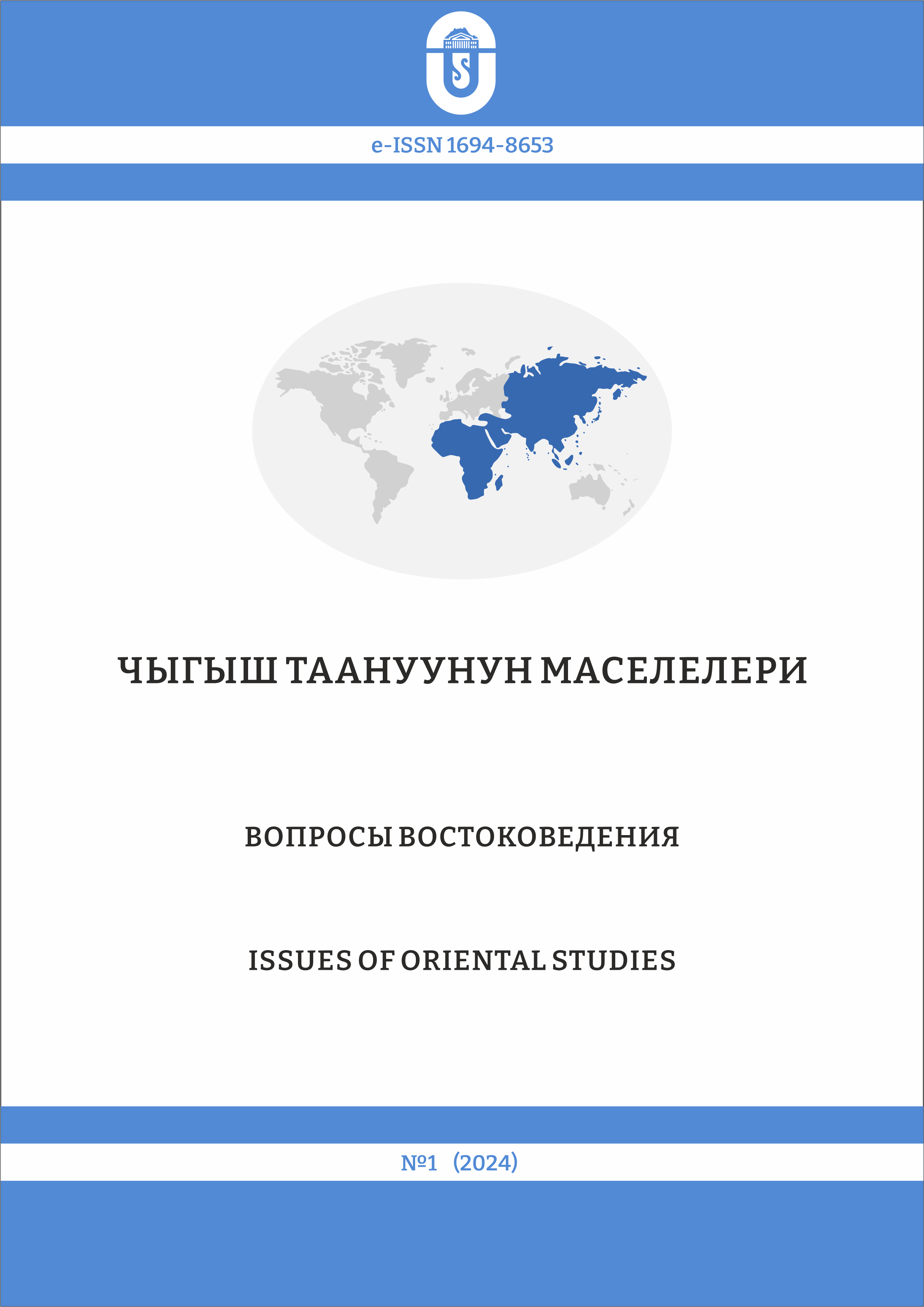THE ORIGIN AND FORMATION OF CHINESE WEDDING TRADITIONS
DOI:
https://doi.org/10.52754/16948653_2024_1_10Keywords:
culture, tradition, history, customs, wedding, marriage, ritualsAbstract
This scientific article is about the origin and formation of Chinese wedding traditions. Chinese civilization has a long history, along with which customs related to marriage developed and continue developing today. Weddings are part of traditional Chinese culture. However, many of its details, as well as the socio-cultural functions of marriage, remain beyond the scope of ongoing research. It is considered necessary to study the origins of ancient traditional wedding rituals and customs of China, as well as their cultural connotations, to understand the uniqueness of the national concept of wedding, to determine the changing roles of men and women in the family and society. In addition, it was emphasized that introducing young people to the marriage customs of their ancestors helps to spread the system of marriage values among young people and to understand the relationship between men and women. In China, traditions, especially wedding traditions, are of great importance.
References
https://ekd.me/2017/06/kitajskaya-svadba-tradicii-obryady/
История Китая, Ред. А.В. Меликсетов. Москва. 1998. С. 34
Хуа Мэй Одежда и украшения Бишкек 2015г с.23
Ван Сюевэнь Китайские праздники Москва 2010г с. 50
Людмила Мартьянова Народные традиции Китая 2017г с. 200
Фэн, Ц. Свадебная обрядность китайцев: от древности до наших дней / Ц. Фэн // Вестник Ошского государственного университета. – 2020. – Т. 2, № 1-4. – С. 246-250. – EDN: QDIIVK.

